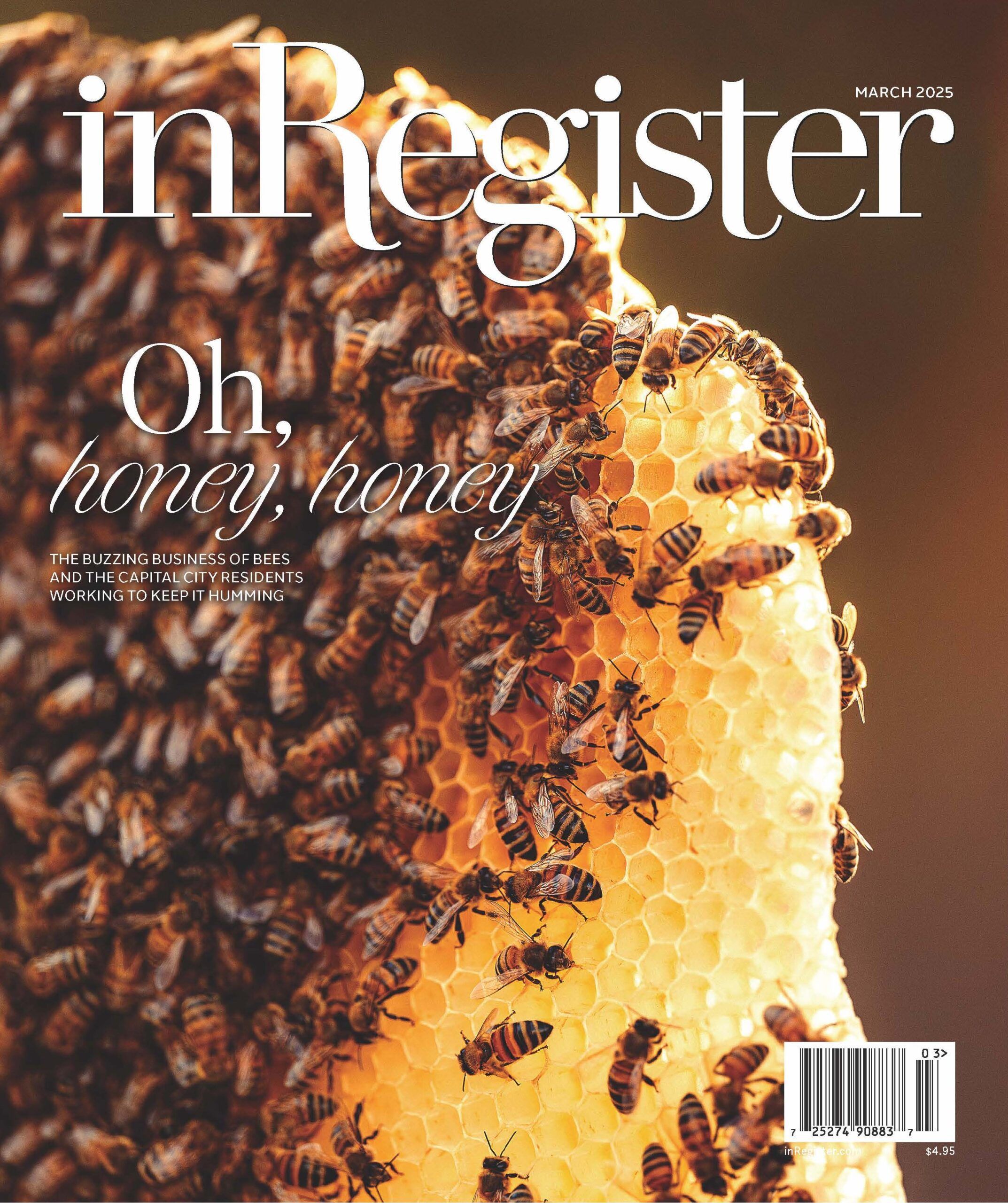Survival story – City-parish Animal protection group sees progress but seeks more support
This month, Companion Animal Alliance welcomes Kimberly “Kim” Sherlaw as its new executive director and premiers the Fur Ball, the city’s first pet-friendly gala.
Since assuming responsibility for the city animal shelter in August 2011, the new nonprofit has experienced a challenging and turbulent eight months—especially because many of its problems have been paraded in public.
Within a month of the takeover, allegations of overcrowding and inhumane treatment led to a Metro Council threat to revoke CAA’s contract and the resignation of its first director, who had already spent nearly $200,000 in cash reserves.
CAA responded by changing its policies and boosting its staff with veterinary doctors and technicians as well as adoption, kennel and intake coordinators. The efforts significantly affected a homeless pet’s chances of leaving the shelter alive. Beginning in November, approximately 67% of shelter animals exited the shelter to enter a rescue, foster or permanent home compared to 20% only one year before.
However, maintaining an $85,000 monthly operating budget and receiving only $35,000 from the city has proved unsustainable.
CAA receives $400,000 a year from the city as well as use and maintenance of a 30-year-old north Baton Rouge building, on Progress Road, which is valued at $300,000. Early on, the organization amassed another $600,000 through donors including the Baton Rouge Area Foundation and board members’ contacts. With several grants pending and donor fatigue setting in, CAA’s winter cash flow slowed to a trickle, but the steady stream of animals—on average 27 to 47 a day—continued.
Staff, board members and volunteers were fervent enough to meet immediate needs, but staff reduction ultimately became necessary. Nevertheless, CAA was determined to provide continuity of services for the animals and the community.
“Our numbers and our save rate are amazing,” says Interim Director Debbie Pearson. “The staff is working a lot of extra hours without extra pay, and they are cross-trained to do more than one job. We’ve figured out ways to do just about everything. But [without more funding] we can’t treat the animals who are sick humanely, successfully and emergently. That is a problem.”
While the premier Fur Ball takes place May 4, at press time it had already generated more than $30,000 primarily for medical and other supplies. The group is likewise pursuing additional sources for financial longevity. The shelter slightly increased the adoption fees for animals who are up-to-date on shots, microchipped and spayed/neutered. Also, CAA has learned that the $5.40 per resident budgeted by the city to fund animal control and sheltering services falls below the 2009 national average of $8. Within Louisiana alone, Lafayette, Alexandria and Shreveport reportedly budget between $8 and $11 for analogous services.
Rectifying that situation may be as much a political issue as a budgetary challenge. Although the shelter reports to the Metro Council, the mayor has the ability to release funds. And with Mayor Kip Holden running this fall against Mayor Pro-Tem Mike Walker, among others, that issue might be in limbo until after the election.
In the interim, CAA remains committed to providing a better shelter environment and outcomes for the metro area’s homeless animals. “We know we can do it,” says CAA Board Chair Christel Slaughter. “It’s a matter of finding what it takes to do it to the standard the community wants to have.”











